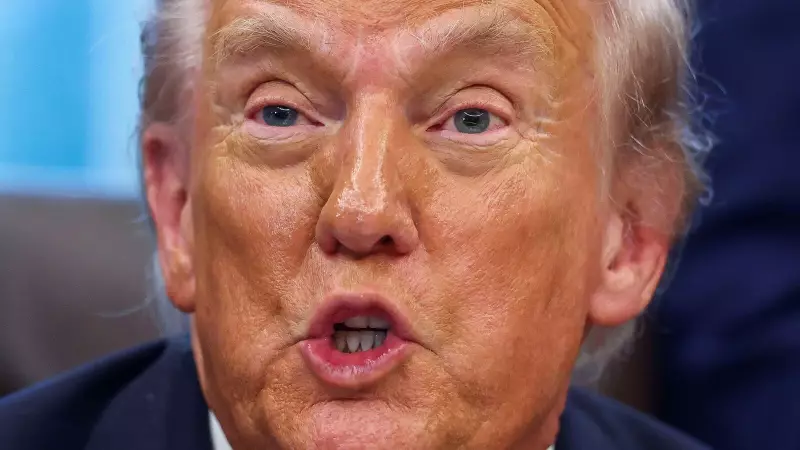
In a bold economic announcement that could reshape US trade policy, former President Donald Trump has revealed that the federal government is considering distributing tariff revenue directly to American citizens. This unprecedented move would mark a significant departure from traditional tariff implementation.
The Tariff Revenue Windfall
During recent discussions about his economic vision, Trump indicated that the substantial funds collected through import tariffs could be shared with the American public. "We will probably use some of that tariff money and give it to the American people," Trump stated, suggesting a revolutionary approach to handling government-collected trade revenues.
How Would It Work?
The proposed mechanism would involve:
- Collecting significant revenue from tariffs imposed on imported goods
- Creating a distribution system to return funds to taxpayers
- Potentially providing direct payments to American households
- Using trade policy as both protectionist measure and wealth distribution tool
Economic Implications
This proposal comes amid Trump's broader plan to implement universal baseline tariffs on most imported goods, potentially reaching 10% across the board. The combination of increased tariffs and revenue redistribution could have far-reaching consequences for:
- Consumer prices and inflation
- International trade relationships
- Federal budget considerations
- Household economic stability
Political and Market Reaction
Financial markets and political analysts are closely watching these developments, as such policies could significantly impact global trade dynamics. The concept of returning tariff collections to citizens represents a novel approach that blends protectionist trade policies with direct economic benefits for Americans.
This proposal underscores the evolving nature of economic policy debates as the United States continues to navigate complex international trade relationships while addressing domestic economic concerns.





